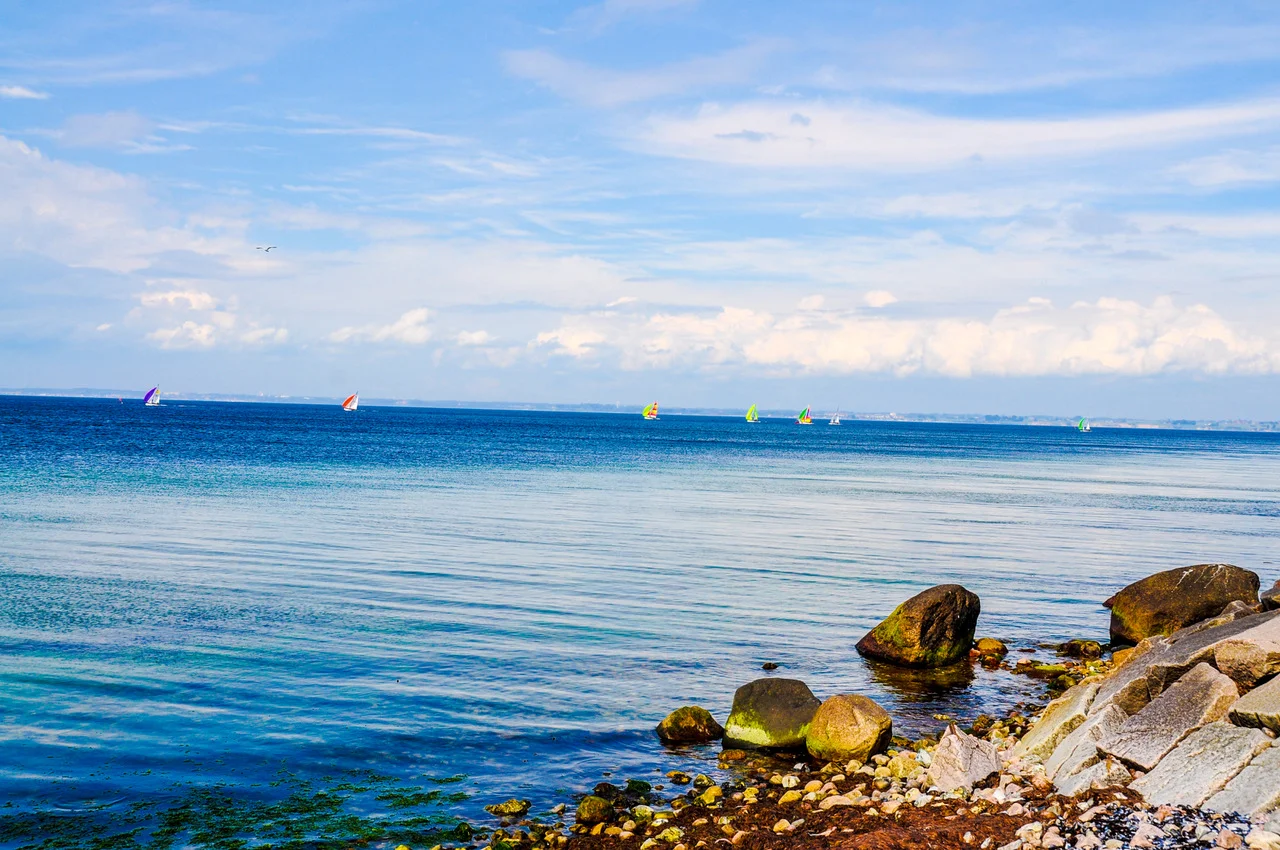Notes from Malmö
With its modern and medieval architecture, lakes and parks, Malmö makes a perfect getaway.
Malmö, the third-largest city in Sweden and once one of its most industrialised, was dying a slow economic death before Öresund Bridge gave it a new life. The half underwater bridge, opened to the public in 2000, connects Malmö to Copenhagen. The opening of the bridge led Danes to move to Malmö to escape expensive Copenhagen, while several thousands of Swedes found jobs in Denmark. The economy picked up and signs of recovery are visible in the modern buildings that have started to dot the city.
There is no better way to study Malmö than walking across it. In a few hours, one can cover the most important sights, taste the different foods on offer, and also witness the social metamorphosis that Malmö is going through.
The best place to start touring Malmö is Western Harbour. This hip and expensive part of Malmö gazes over the Öresund Bridge, while yachts shilly-shally in the gentle waters of the Baltic Sea along its shore. Expectedly, the rich of Malmö live here. Western Harbour is also home to Turning Torso, a 190-metre-high twisted skyscraper, the tallest in Scandinavia.
A 10-minute walk along the curving promenade takes you to the unspoilt beach at Ribersborg. From the beach, a wooden pier juts out into the sea at the end of which is Kallbadhus (cold bath house), a traditional Swedish sauna with open air swimming in the frigid waters of the Baltic. Kallbadhus is open throughout the year.
From Ribersborg, one can walk alongside the moat-ringed Renaissance-era Malmöhus Castle, into the elegant spread-out parks, Slottsparken and Kungsparken. On fine summer afternoons, families laze around these parks for picnic, while ducks from nearby lakes walk around unhurriedly.
Break with a fika
A short walk from these parks leads to the medieval centre of the city, Gamla Väster. Many a buildings here date back to 1500s when Malmö was still a part of Denmark. No wonder that the architectural similarities to its Danish neighbour led to Malmö being called ‘Little Copenhagen’. Gamla Väster now houses several art boutiques and is a fine place to experience the aesthetic side of Malmö before heading to the more boisterous parts of the city.
Gamla Väaster is marked by a broad, café-edged, cobblestoned street called Stortorget. This street is the core of the city and is home to some of the best artisanal cafés in Sweden. That’s a good reason to break the walk for a Swedish fika. Lilla Kafferorsteriet, Hollandia and Solde are some of the popular coffee shops along Stortorget for a sweet bun and coffee break. The immigrant influence on food is obvious too, with several kiosks in Malmö serving the much-beloved falafel.
The bar scene and nightlife in Malmö revolves around Lilla Torg. Open-air bars and eateries surround this chocolate-box square, and in peak summer months, the crowd and accompanying noise are constant till wee hours. What better way to end a visit to Malmö than grabbing a pint and enjoy the convivial surroundings!
A version of this story was published in The Hindu






